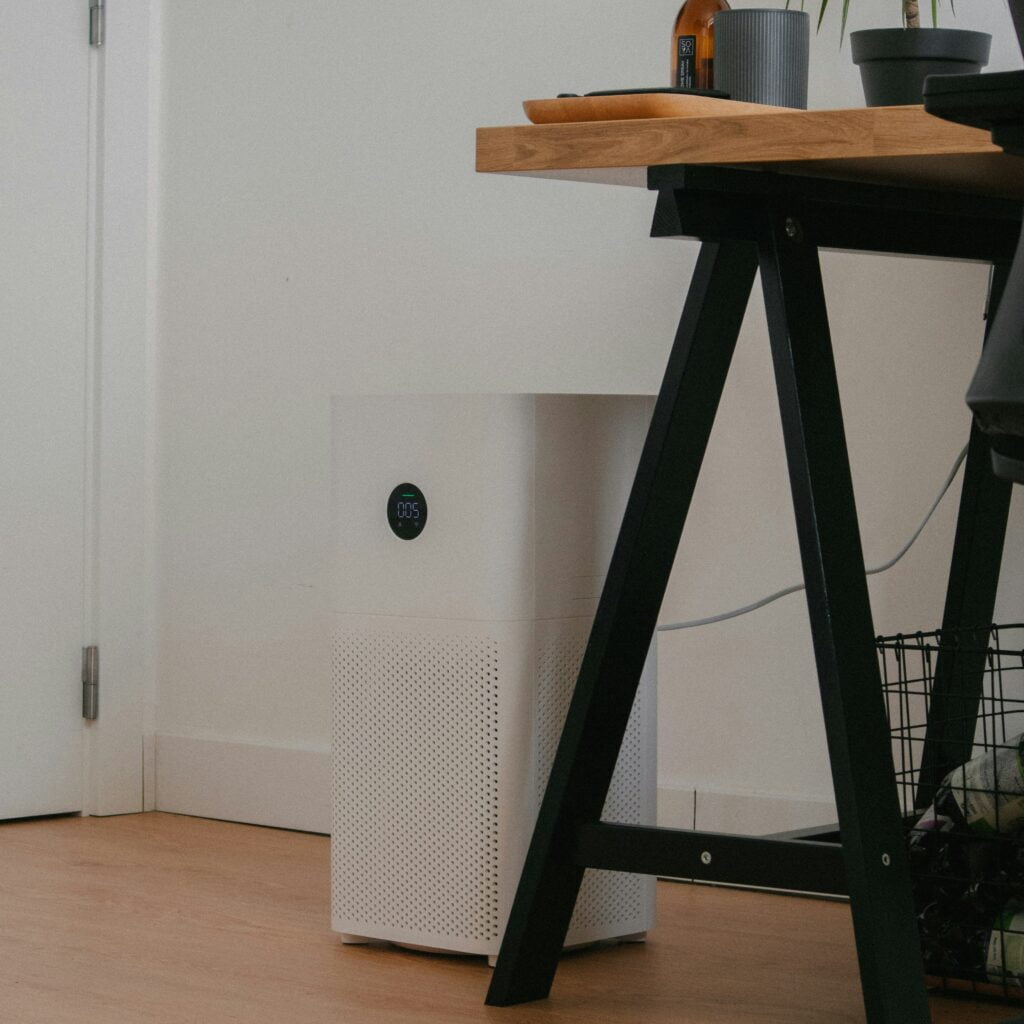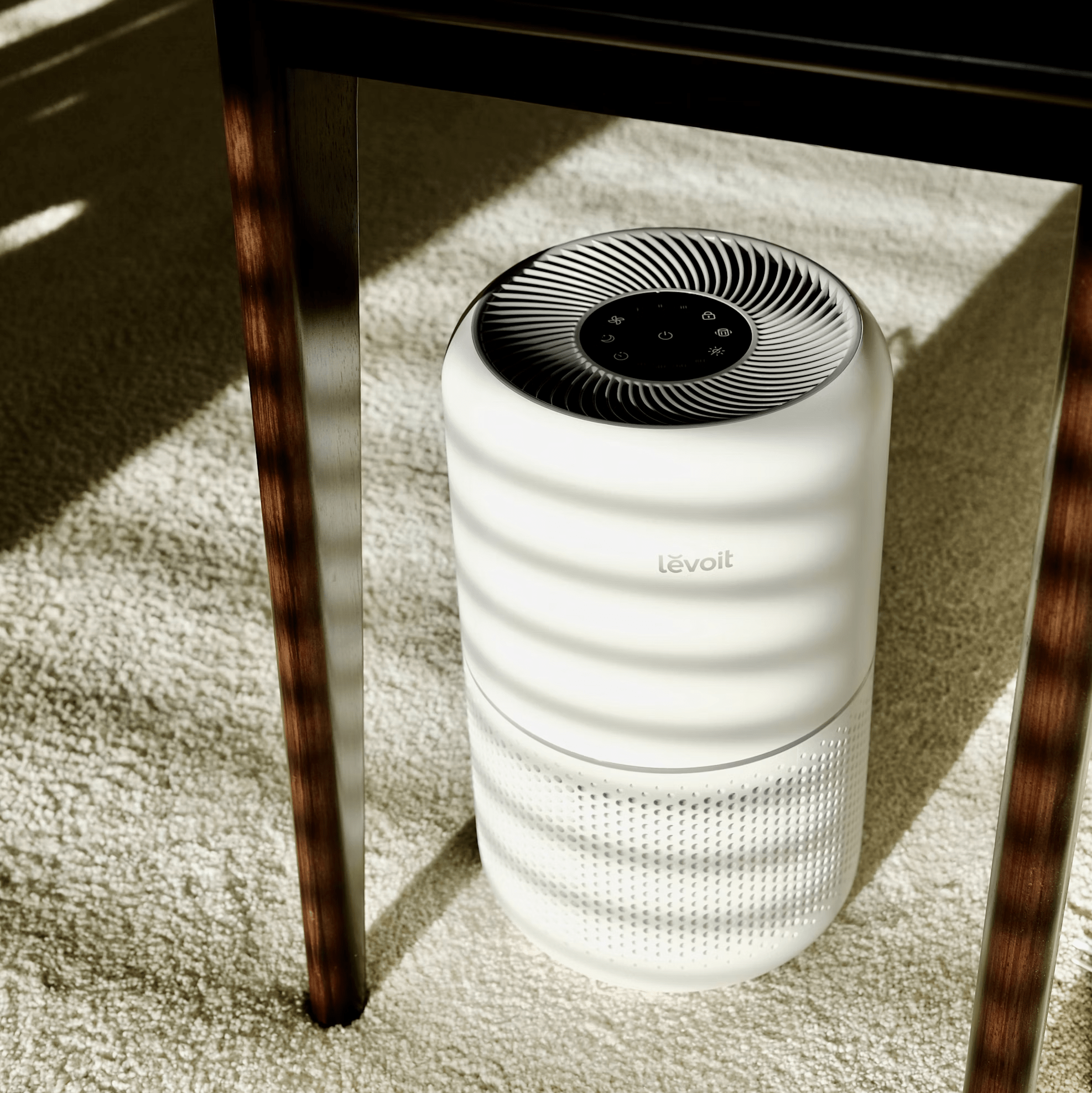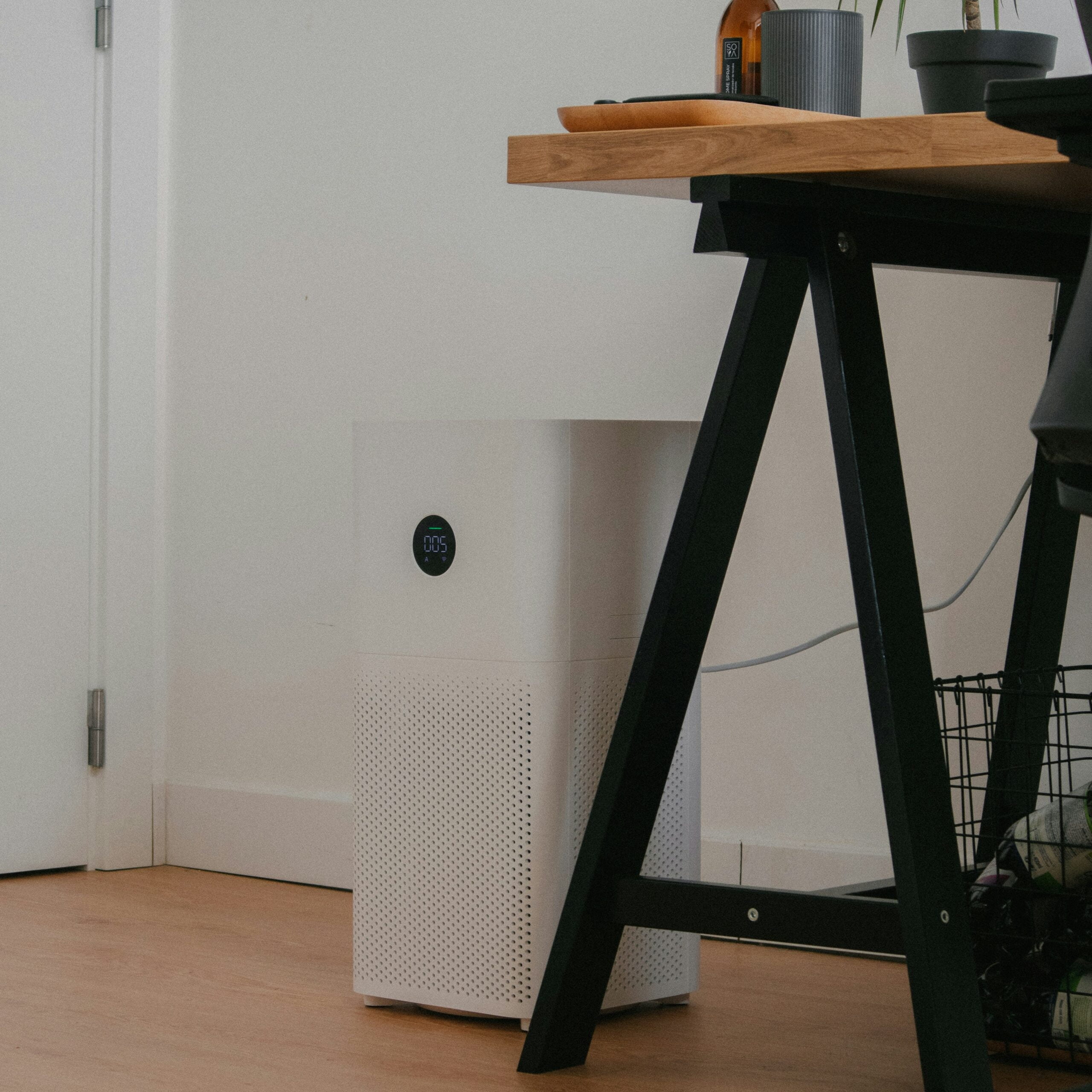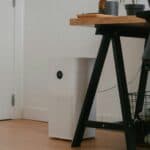
In today’s world, maintaining clean indoor air is more important than ever. With pollutants, allergens, and even viruses lingering in our homes, air purifiers have become essential appliances for many. But how exactly do these devices work, and can they really help with issues like dust and odors? This guide will explore these questions and more, providing you with a comprehensive understanding of air purifiers and their benefits.
How Do Air Purifiers Work?
Air purifiers are designed to remove contaminants from the air, improving the overall air quality in your home. They utilize a variety of technologies to capture and neutralize harmful particles. Here’s a breakdown of the most common mechanisms used in air purifiers:
1. HEPA Filters
High-Efficiency Particulate Air (HEPA) filters are among the most effective components in air purifiers. They can capture particles as small as 0.3 microns with an efficiency of 99.97%. These filters are adept at trapping:
- Dust Mites: Microscopic creatures that thrive in household dust and can trigger allergies.
- Pollen: Tiny particles released by plants that can cause hay fever and other allergic reactions.
- Pet Dander: Tiny flecks of skin shed by cats, dogs, and other animals with fur or feathers.
- Mold Spores: Fungal spores that can grow in damp areas and affect air quality.
HEPA filters work by using a dense web of fibers to trap these particles as air passes through the filter. The particles stick to the fibers, while the clean air is pushed back out into the room. This simple yet effective process makes HEPA filters a staple in air purification.
2. Activated Carbon Filters
Activated carbon filters are excellent for removing gases, odors, and volatile organic compounds (VOCs) from the air. The porous carbon material adsorbs these compounds, making it an essential feature for combating household smells.
- Odor Removal: The porous nature of activated carbon allows it to trap odor molecules from cooking, pets, and smoke.
- Chemical Fumes: Activated carbon can adsorb harmful gases from cleaning products and other household chemicals.
- VOCs: These filters can also capture volatile organic compounds, which are chemicals emitted as gases from certain solids or liquids.
Activated carbon filters work alongside HEPA filters to provide a comprehensive air purification solution, targeting both particles and gases for improved indoor air quality.
3. UV Light Purifiers
UV light purifiers use ultraviolet light to kill bacteria and viruses by destroying their DNA. This method is effective against biological pollutants, making it a popular choice in air purifiers designed to combat germs and viruses.
- Bacteria and Viruses: UV light can inactivate microorganisms, reducing the risk of infection.
- Mold and Mildew: UV light helps prevent the growth of mold and mildew on surfaces and in the air.
While UV light purifiers are effective, they are often used in combination with other filtration technologies to ensure comprehensive air cleaning.
4. Ionizers
Ionizers emit negative ions that attach to airborne particles, making them heavier and causing them to fall out of the air. While ionizers can be effective, they may produce ozone, a potential lung irritant.
- Dust and Allergens: Ionizers can help reduce airborne dust and allergens by causing them to settle out of the air.
- Particulate Matter: They can also help with smoke and other fine particles.
However, it is important to use ionizers with caution, as ozone production can be a health concern for some people, particularly those with respiratory issues.
5. Photocatalytic Oxidation (PCO)
This technology uses a titanium dioxide-coated filter and UV light to create a reaction that breaks down pollutants into harmless substances like water and carbon dioxide. It’s particularly effective at neutralizing VOCs and odors.
- VOC Reduction: PCO technology can break down complex organic molecules into simpler, harmless substances.
- Odor Neutralization: It is effective in reducing strong odors from smoke, cooking, and pets.
PCO technology is often combined with other air purification methods to maximize the effectiveness of air purifiers.

Do Air Purifiers Help with Smell?
Odors in the home can come from a variety of sources, such as cooking, pets, smoke, or mildew. Air purifiers, particularly those with activated carbon filters, can significantly reduce these smells. Here’s how:
- Activated Carbon: The porous structure of activated carbon adsorbs odor-causing molecules, removing them from the air.
- HEPA Filters: While primarily for particles, HEPA filters can indirectly help with odors by removing airborne particles that contribute to smell.
- Ozone Generators: Some air purifiers use ozone to neutralize odors. However, they should be used cautiously due to the potential health risks associated with ozone exposure.
Tips for Maximizing Odor Control
- Placement: Position the air purifier in areas where odors are strongest, such as kitchens or near litter boxes.
- Maintenance: Regularly replace filters to ensure the purifier operates efficiently.
- Ventilation: Use air purifiers in conjunction with good ventilation practices to maximize effectiveness.
Using air purifiers in combination with other odor-reducing strategies, such as proper ventilation and regular cleaning, can help create a fresher and more pleasant indoor environment.
Do Air Purifiers Help with Dust?
Dust is a common nuisance in homes, consisting of particles like skin cells, fabric fibers, and dirt. Air purifiers can effectively reduce dust levels, making your living space cleaner and healthier.
How Air Purifiers Reduce Dust
- HEPA Filters: These filters are highly effective at capturing small dust particles, preventing them from settling on surfaces.
- Pre-Filters: Many air purifiers include pre-filters to capture larger dust particles, extending the life of the main filter.
- Continuous Operation: Running an air purifier continuously can help maintain lower dust levels by constantly filtering the air.
Additional Tips for Dust Reduction
- Regular Cleaning: Supplement air purifier use with regular dusting and vacuuming to maintain a dust-free environment.
- Humidity Control: Keep indoor humidity levels between 30-50% to reduce dust mite populations.
- Filter Replacement: Change filters according to the manufacturer’s instructions to maintain effectiveness.
By using air purifiers in combination with other dust-reducing practices, you can significantly improve indoor air quality and reduce the presence of dust in your home.
Choosing the Right Air Purifier for Your Home
Selecting the best air purifier depends on your specific needs and the size of your space. Here are some factors to consider:
1. Room Size
Choose an air purifier with a Clean Air Delivery Rate (CADR) suitable for the size of your room. A higher CADR means the purifier can clean the air faster and more efficiently. Be sure to measure your room and select an air purifier that can handle its size effectively.
2. Specific Concerns
Identify your primary air quality concerns. For example, if allergies are a problem, focus on purifiers with HEPA filters. If odors are a concern, look for models with activated carbon filters. Additionally, consider models with UV light or PCO technology if germ reduction is a priority.
3. Noise Levels
Consider the noise level of the air purifier, especially if it will be used in bedrooms or quiet spaces. Many models offer multiple speed settings to balance noise and performance. Look for purifiers with a “sleep mode” or “quiet mode” for nighttime use.
4. Maintenance Requirements
Check the maintenance requirements and costs of replacement filters. Some purifiers have washable filters, which can reduce ongoing costs. Regular maintenance is crucial for keeping your air purifier functioning effectively and ensuring long-term performance.
5. Energy Efficiency
Consider the energy consumption of the air purifier. Look for models with Energy Star certification, which indicates they meet energy efficiency guidelines set by the U.S. Environmental Protection Agency.
6. Smart Features
Many modern air purifiers come with smart features, such as Wi-Fi connectivity, app control, and air quality sensors. These features can enhance convenience and allow you to monitor and adjust your purifier’s performance remotely.

Benefits of Using Air Purifiers
Investing in an air purifier offers numerous benefits, including:
- Improved Air Quality: Air purifiers remove harmful particles, allergens, and pollutants, improving the overall air quality in your home.
- Allergy Relief: By reducing allergens like pollen, pet dander, and dust mites, air purifiers can help alleviate allergy symptoms.
- Odor Reduction: Air purifiers with activated carbon filters effectively neutralize odors, keeping your home smelling fresh.
- Enhanced Health: Cleaner air can reduce the risk of respiratory issues and infections, promoting better health for you and your family.
- Increased Comfort: A dust-free, odor-free environment enhances overall comfort and well-being.
- Reduction of Airborne Diseases: Air purifiers can help reduce the spread of airborne diseases by capturing bacteria and viruses.
- Protection for Children and Elderly: Children and the elderly are often more sensitive to poor air quality. Air purifiers can help protect these vulnerable groups by providing cleaner air.
Potential Drawbacks and Considerations
While air purifiers offer many benefits, there are a few potential drawbacks to consider:
- Cost: High-quality air purifiers can be expensive, and ongoing maintenance costs for filter replacements should be factored in.
- Ozone Emission: Some air purifiers, particularly those with ionizers or ozone generators, can produce ozone, which may be harmful to health.
- Coverage Area: Air purifiers are most effective in the rooms where they are placed, so multiple units may be necessary for larger homes.
- Noise: Some air purifiers can be noisy, especially at higher settings. It’s important to consider the noise level if the purifier will be used in a bedroom or other quiet space.
Despite these considerations, the benefits of using an air purifier often outweigh the drawbacks, especially for those with specific air quality concerns.
Personal Experience
“I have been using Dijitsu air purifier – cooler for 1 month and it constantly gives cold air at 19-20 degrees (celcius). Its back should face an open window, and it is generally necessary to turn on the “humidification” mode so that it can use the water in its reservoir and cool the environment.
In general, electricity consumption is normal. In terms of sound, it is very quiet in the lowest mode. It can move vertically and horizontally. Apart from that, having a timer is also great. Sometimes the weather is warm at the beginning of the night but cold in the middle of the night. So I set the time for it to work for 2 hours and it turns itself off after 2 hours. There is also an ionizer mode and when I breathe in, I feel like I’m breathing fresh air.”
Conclusion
Air purifiers are powerful tools for improving indoor air quality, reducing allergens, and eliminating odors. By understanding how they work and choosing the right model for your needs, you can enjoy a cleaner, healthier home environment. Whether you’re tackling dust, odors, or allergens, an air purifier can be a valuable addition to your home. Investing in a high-quality air purifier and using it in conjunction with other air quality improvement strategies can help you create a more comfortable and healthy living space for you and your family.









